Hulls #5 and #9 share history.
This brainchild of Sir Freddie Laker, British entrepreneur with a zest for life and aviation (1922-2006), is slightly awkward looking but an aerodynamic workhorse. The Carvair ATL-98 is initially designed for transport of cars and passengers by cross-Channel car ferry companies and similar services. Foundation for each of the Carvair conversions is the DC-4. The first Carvair takes flight in 1961 and the eventual fleet of 21 were spotted worldwide in many liveries and roles. You really couldn’t miss them whether taxing or parked on a tarmac!
Hull #5…first flys as Veterans Air DC-4 NX58003.
One of the tendrils of the Veterans Air research project is tracking down its 5-aircraft fleet.
Foundation of Carvair Hull #5, decades after Veterans Air ownership, is our DC-4 named Globe Trotter, NX58003. She is the work horse of the 1946 UNRRA international contract. Carvair Hulls #5 and #9 share history through their joint ownership by Robert McSwiggan’s Academy Airlines of Griffin GA.
Early in my June research trip, I visited semi-restored, still airworthy Hull #9 in Gainesville TX, (no longer owned by McSwiggan).
These photos do no justice, but here she is…Miss 1944, aka: Fat Anne. [Obviously referring to the aircraft…not Miss 1944!!! Her registration number – N89FA – most likely prompted the name.] She sure commands attention. My sincere thanks to Airport Manger Dave Vinton and Brandon Ayers for the warm welcome and ramp access to Miss 1944. What fun and what a sweet FBO
FBO…an aside.
That’s aviation-speak for a place where private and corporate aircraft fly in to pick up or drop off passengers, crews buy fuel and hang-out, tenants rent ramp and office space, flight schools nurture people into the friendly skies – all that cool aviation stuff! Translation: Fixed Base Operation.
In-depth research on the Carvairs takes 415 pages!
The ATL-98 Carvair: A Comprehensive History of the Aircraft and All 21 Airframes by William Patrick Dean.
There was much more about Veterans Air DC-4 in this book by Mr. Dean than just the story of her modification to Hull #5. It is in-depth research that I both admire and appreciate from my role as a researcher. My thanks to you, Sir.
Gaye Lyn
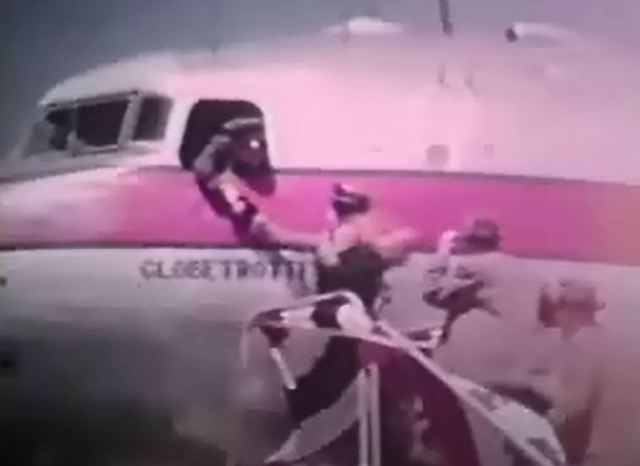
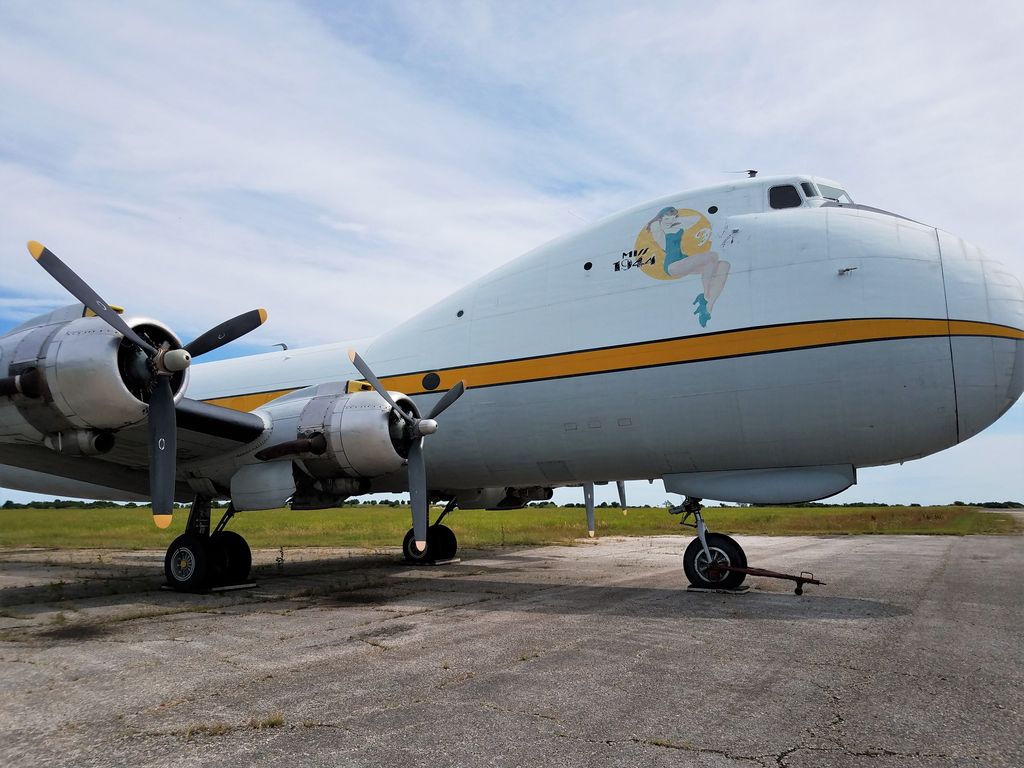
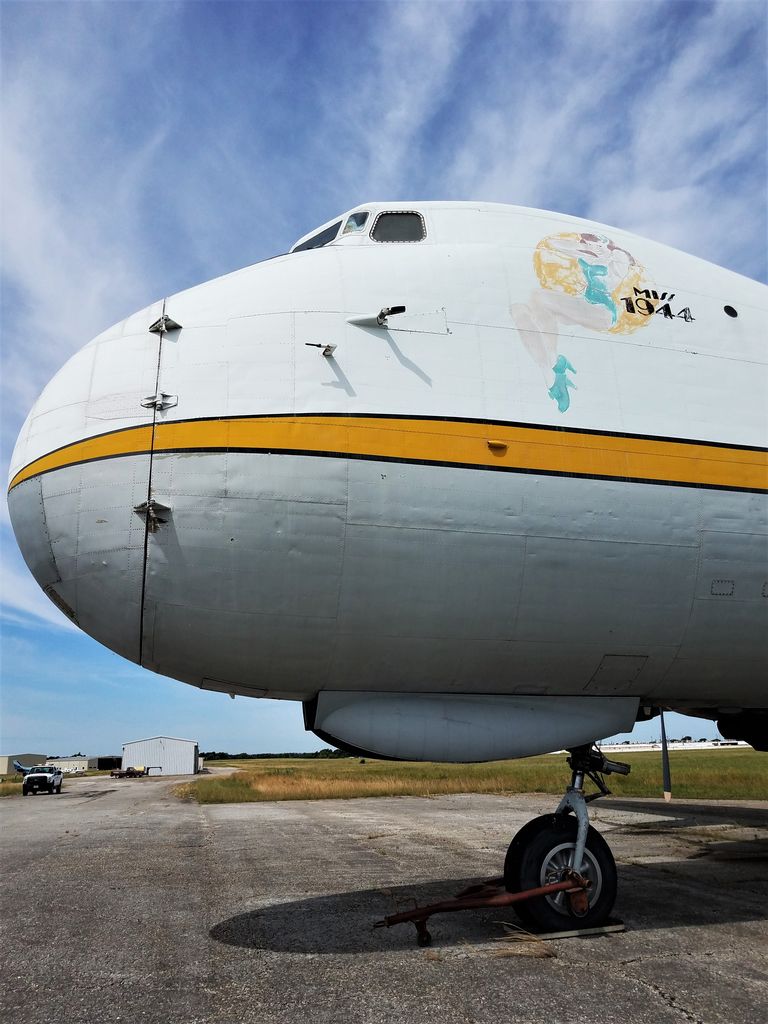
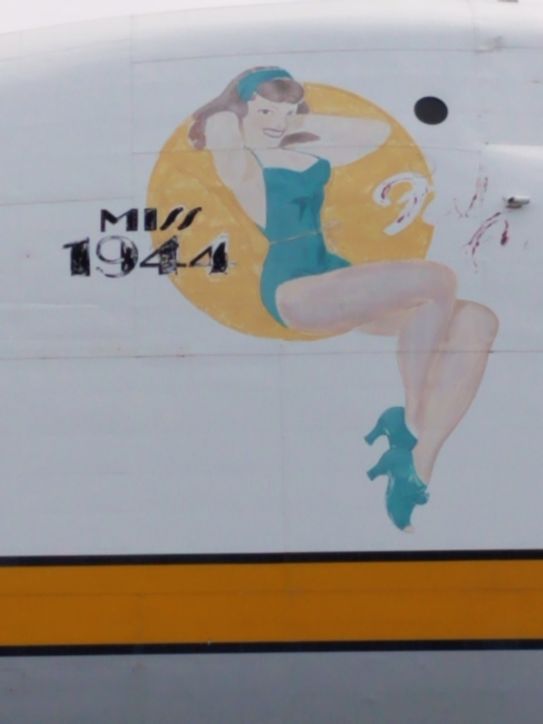
Solemn, poignant visit.
A week later, my experience is much different in Georgia. A solemn, poignant visit to the final resting place of Veterans Air NX58003, Carvair Hull #5 in Griffin. It is there, in April 1997, the two-man crew and aircraft perish in a fiery crash.
Bruce McSwiggan, Robert’s son, meets me at the site. The setting? A grassy knoll, empty parking lot, a concrete foundation without its building. As we walk the fatal path of the 1997 tragedy, Bruce explains what occurred in much greater and personal detail than the official FAA report.
I’ve never visited any crash site before. It’s moving enough knowing it’s our DC-4 crash site. But the crew lost their vibrant lives there! My reaction is palpable sadness. Bruce visits the site every April to honor the men and the airplane – the airplane in which he personally logged 3,000 hours. That last fact also really touches me.

A tribute.
I admit to you that telling the story here may seem unusual, maybe even out of place. But I’m doing it anyway as a tribute. There is the fact that the 1945-manufactured Douglas DC-4 was still in service in 1997. And the fact that her now-74-year-old sister ship, Hull #9 in Gainesville, is still airworthy. All part of the tribute. Plus Veterans Air called upon the aircraft for unusual duty, trustworthiness, and sturdy performance. NX58003 delivered flawlessly – literally and figuratively. Then she continued to do so for five more decades! During that time, she even carried the Queen of England during Her Majesty’s visit in Australian! To me, all of that is tribute-worthy.
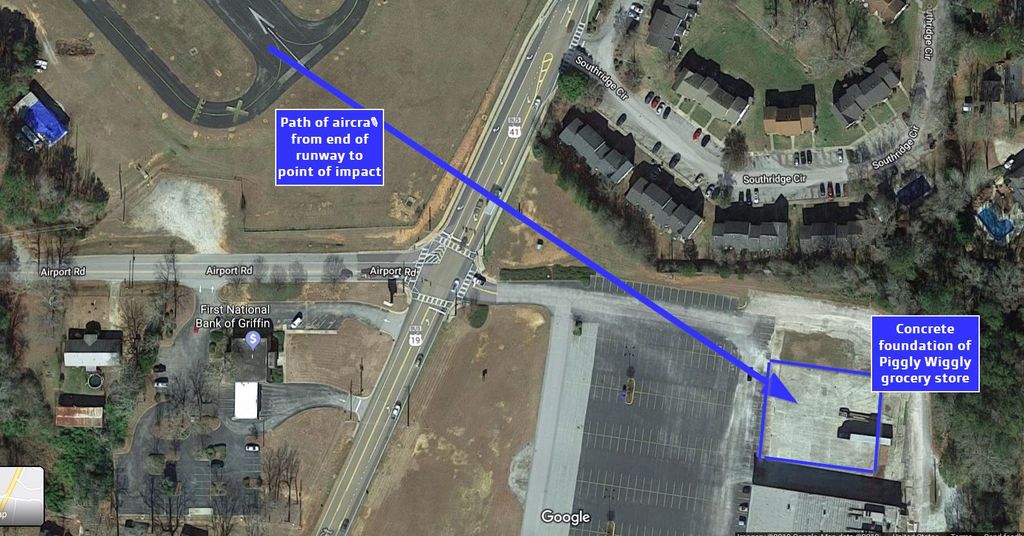
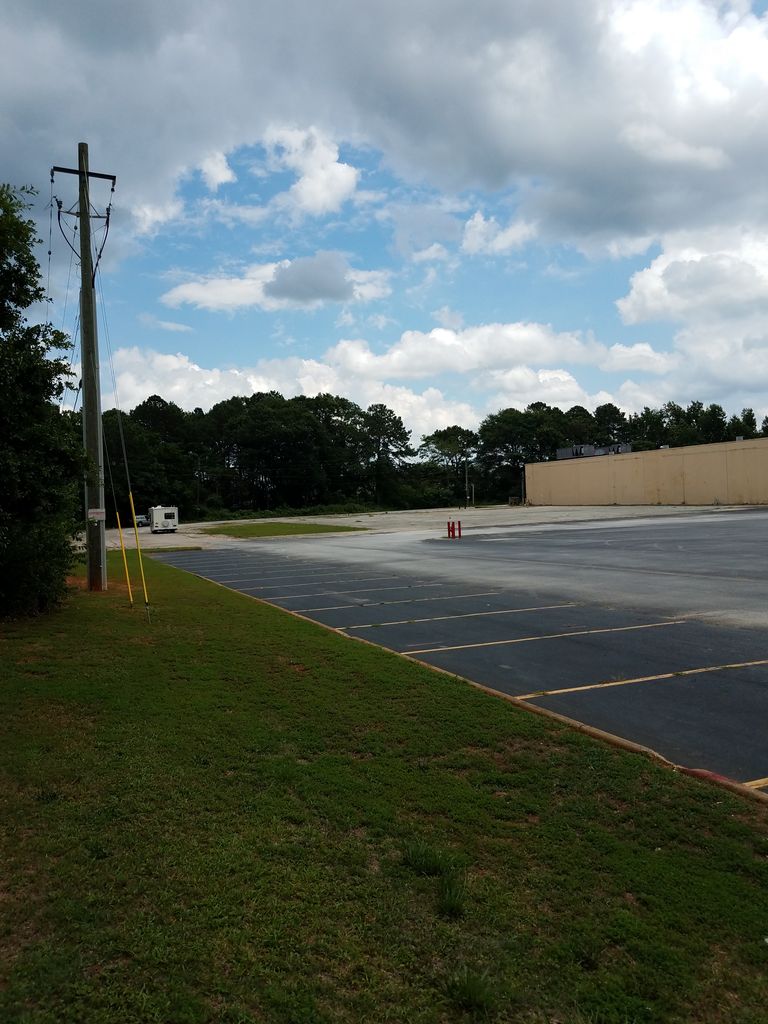
The most lasting tribute.
As we stand at the edge of the what had been the Piggly-Wiggly concrete foundation, Bruce studies the ground. He leans down, picks something up, and places it in my hand. It is a rivet, girdled in molten aluminum – from our jointly-cherished DC-4, Carvair Hull #5.
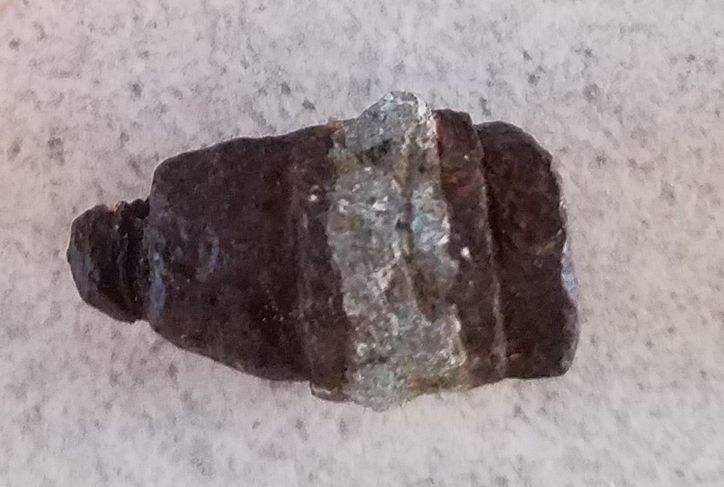

Me, too, Al. Maybe we can create a Memorial Trip for as many of us Veterans Air “kids” as can attend next year. Maybe even on the Anniversary date in April. We’ll all join Bruce McSwiggan. What do you think? In addition to your Dad, there’s Richard Broughton (1st Officer),Thomas Cowart (Flight Engineer), Michael Frome (Navigator), William Jakeman (Captain), Ed Martz (Navigator), John Noll (1st Officer) and Morgan Cooper Walker (Captain) — all crewed NX58003 for the United Nations flights — and each has a widow, son, daughter or grandchild that I have met! THAT would be a grand gathering.
If we publicize the names of the other men who crewed NX58003, perhaps THEIR families would find US and attend also: George Edwin Cannock (Flight Engineer), William F. Fagan (Radio Operator), Charles R. Freeman (Radio Operator), Donald Royal Margeson (Flight Engineer), John Michatowski (Radio Operator), William Moroz (2nd Officer), Joseph Andrew Neigel (1st Officer), William J. O’Connor (Radio Operator), and Gerald A. Rowland (Navigator).
DEAR READER, Al Stettner’s dad, Jack Stettner, was one of the co-founders & investors in Veterans Air. More to the point of this message, Jack was the last Veterans Air crewman to fly both DC-4s. I don’t know who flew with him, but they delivered them to Matson Navigation in Long Beach, CA., with the intention that both be converted to passenger configuration and dump valves would be installed (likely for trans-Pacific flights to Hawaii…that last tidbit according to still unconfirmed notes in my research). Jack Stettner’s logbook shows arrival from Newark via Oklahoma City the previous day to Oakland on 8/24/1946 with NX58003 and on 9/20/1946 with NC57777.
Whew! This became a POST not a REPLY.
Gaye Lyn
I wish I could have been with you to see Fat Anne and to visit the site of the demise of our DC-4